Convict punishment: the treadmill
As a punishment, convicts were made to step continuously on treadmills to power wheels that ground grain.
The men were rotated on and off the treadmills with rest periods of about 20 minutes per hour. This monotonous task was supposed to be a reformative punishment, unlike flogging. It also put convict manpower to good use, as they were helping to feed themselves. In 1825 Sydney’s treadmills were praised for producing 40 bushels (1000 kilograms) of ground corn per day.
Doctors and humanitarians were concerned that this type of punishment might be damaging to health. An overseer recorded in the ‘House of Correction Register’ each man’s weight as they went on and came off the treadmill to make sure they weren’t wasting away. Two punishment treadmills were installed at Carters’ Barracks in 1823 and were used for the next 25 years. The larger treadmill was worked by 36 prisoners at a time, with 18 on each side. The smaller had ten men on each side.
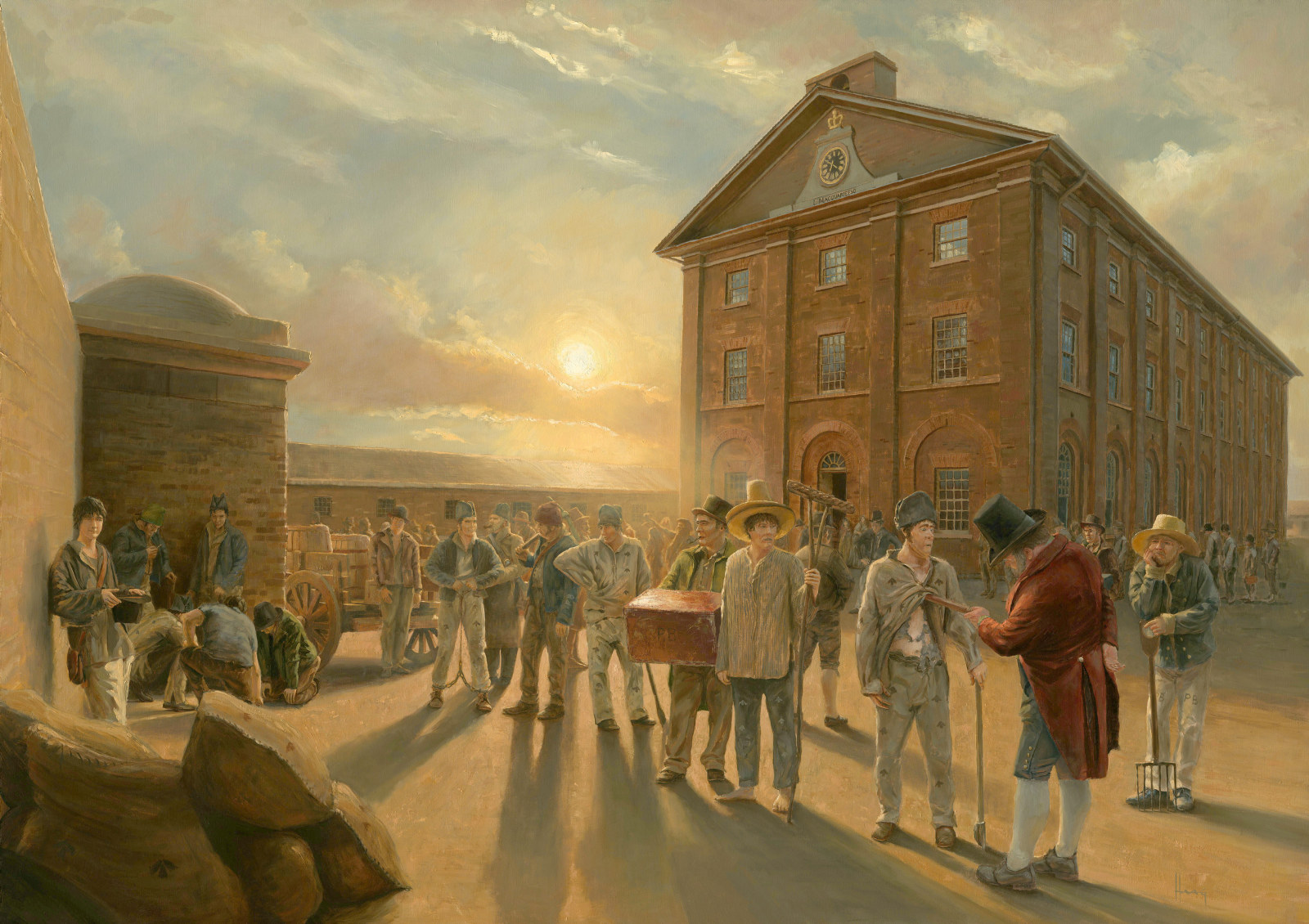
Convict Sydney
Convict Sydney
From a struggling convict encampment to a thriving Pacific seaport, a city takes shape
Published on
Convict Sydney
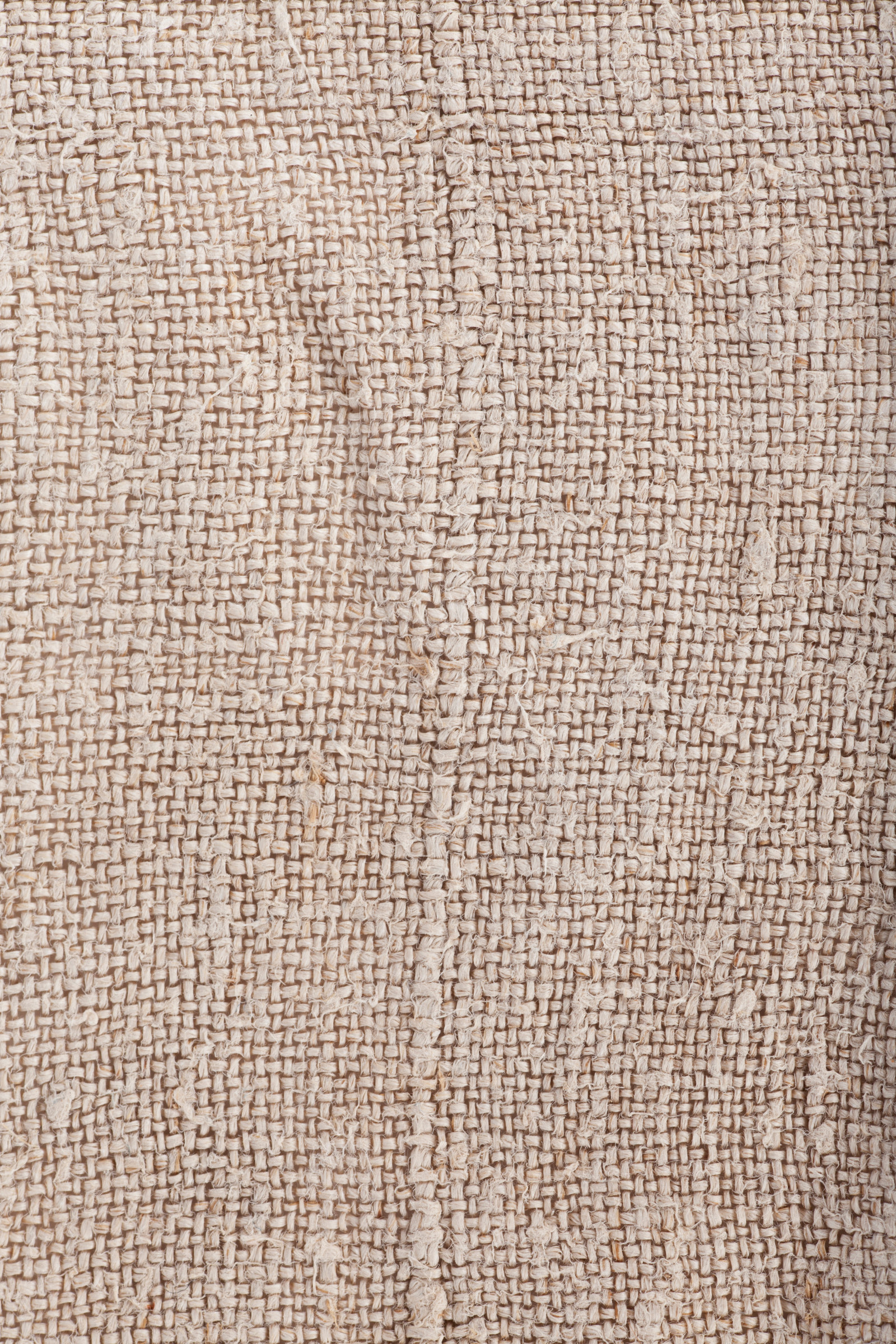
Convict Sydney
Hammock Scrap
A few scraps of rope and coarse, but finely woven flax linen scraps like this one are all that’s left of the hundreds of hammocks that originally lined the convict sleeping wards
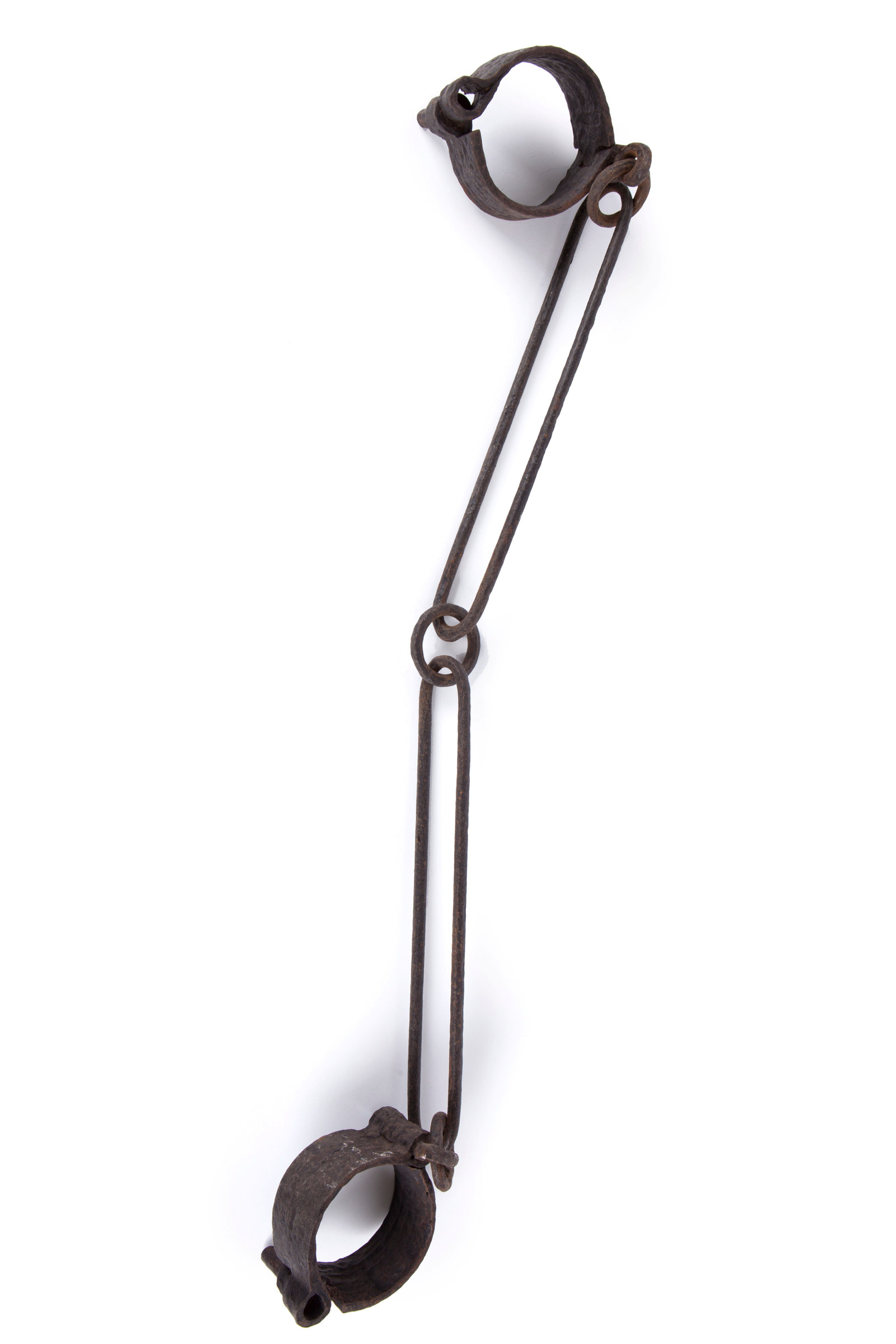
Convict Sydney
Leg Irons, bar link
Known as darbies or slangs in the convict ‘flash’ slang language, leg irons came in various shapes and sizes
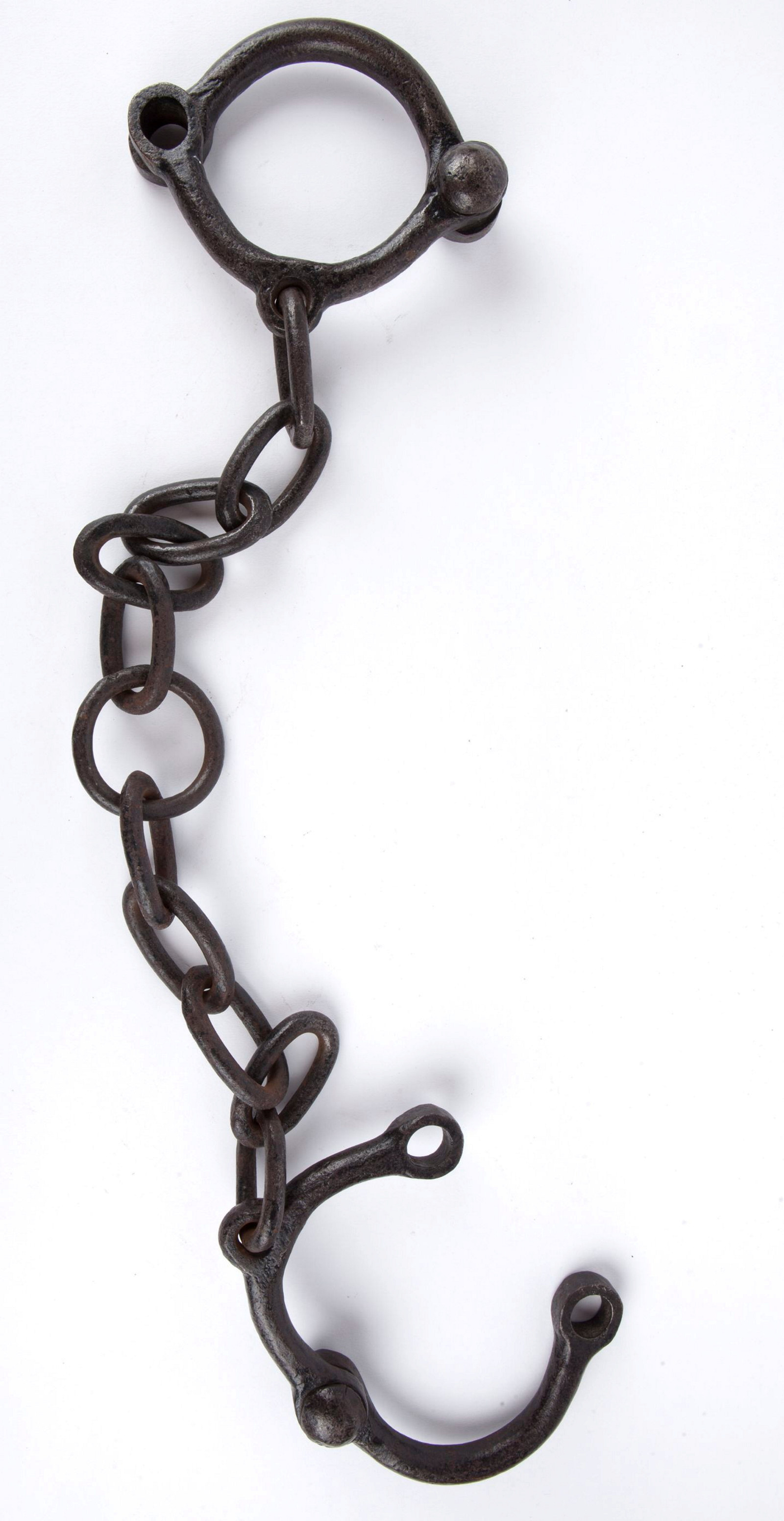
Convict Sydney
Leg irons, standard
Standard leg irons, like those pictured here, weighed seven pounds (3.2 kilograms)
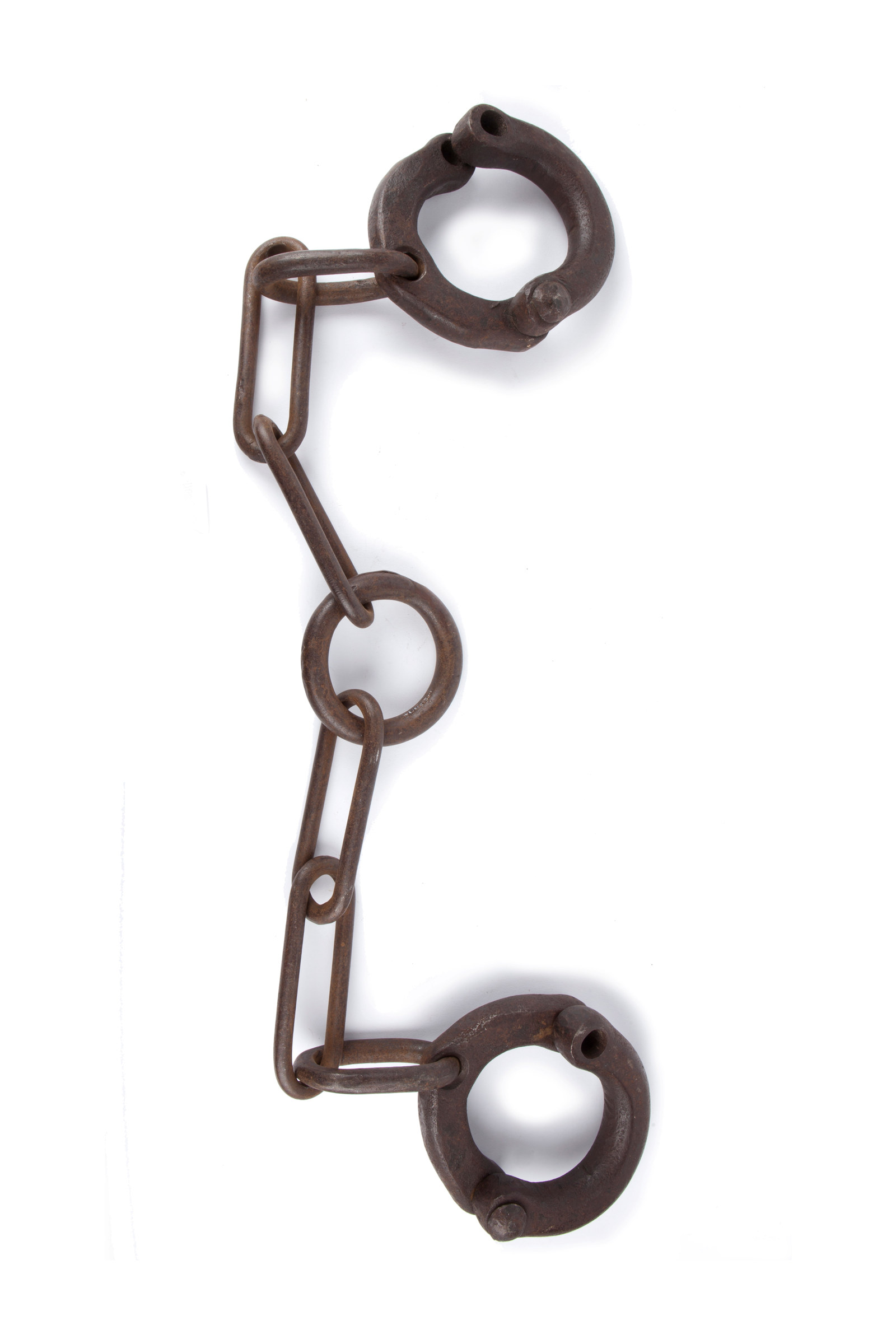
Convict Sydney
Leg irons, heavy
Known as darbies or slangs in the convict ‘flash’ slang language, leg irons came in various shapes and sizes
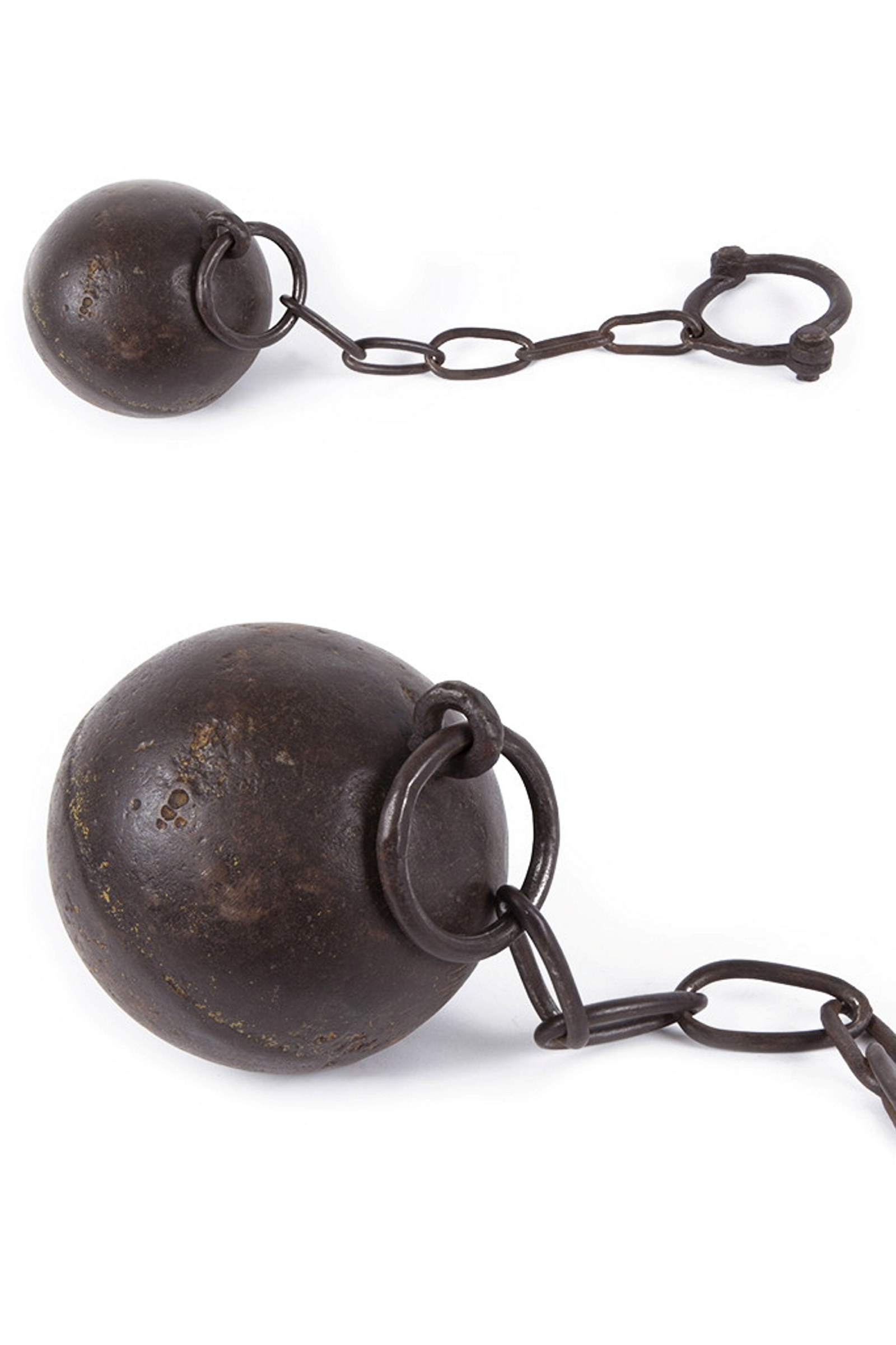
Convict Sydney
Ball and chain
1820s–1840s: Known as darbies or slangs in the convict ‘flash’ language, leg-irons came in various shapes and sizes

Convict Sydney
Molesworth report
The findings of the 1837 Molesworth inquiry brought about the end of convict transportation to New South Wales
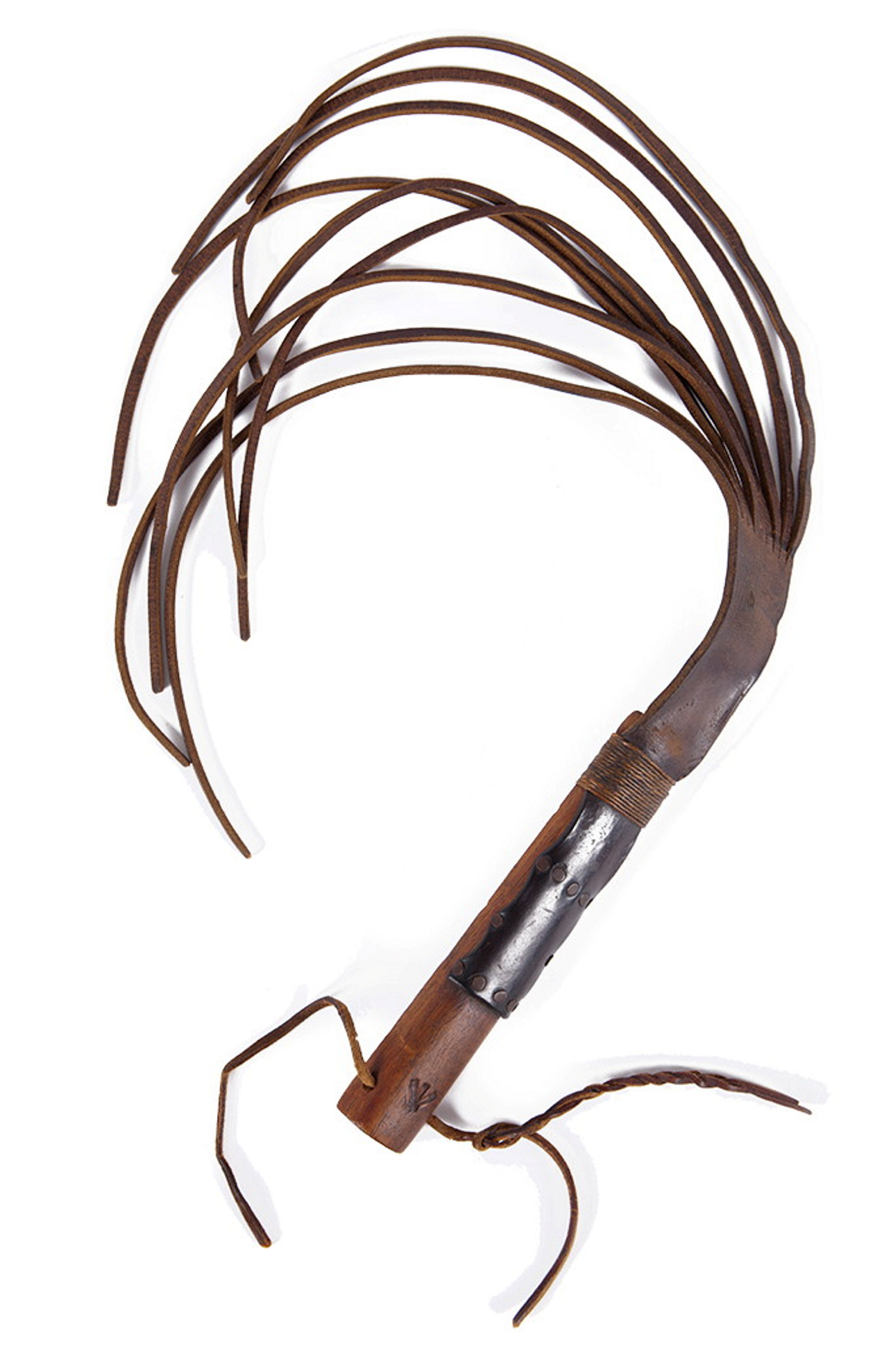
Convict Sydney
Cat-o’-nine-tails
One of the most common forms of convict punishment was flogging (whipping) with a ‘cat-o’-nine-tails’

Convict Sydney
Iron Gang chain
Convicts who re-offended after arriving in the colony could be assigned to do hard labour in an iron gang
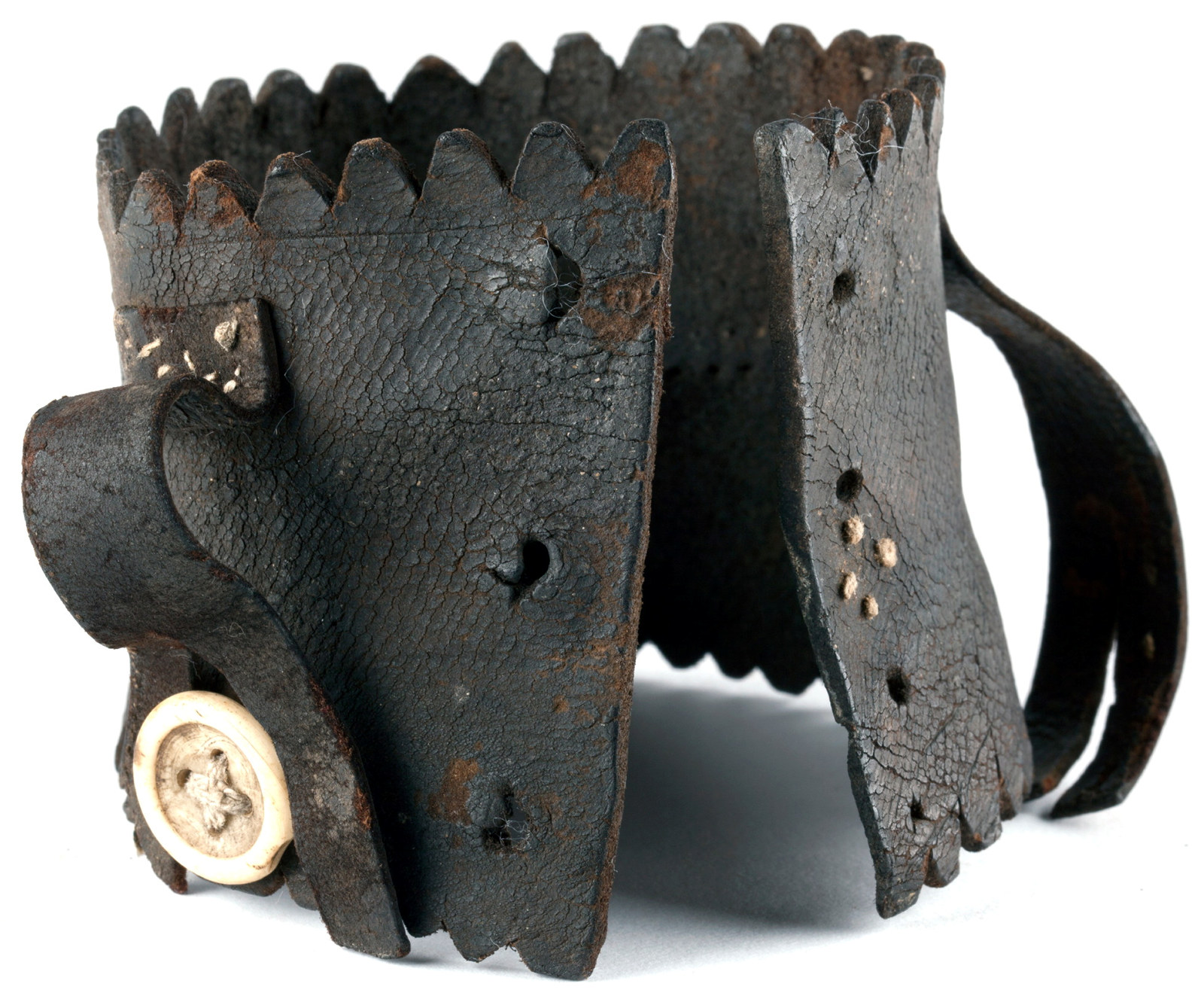
Convict Sydney
Leg iron guard
A stunning example of an improvised handicraft, this leather ankle guard or ‘gaiter’ was made to protect a convict’s ankle from leg irons
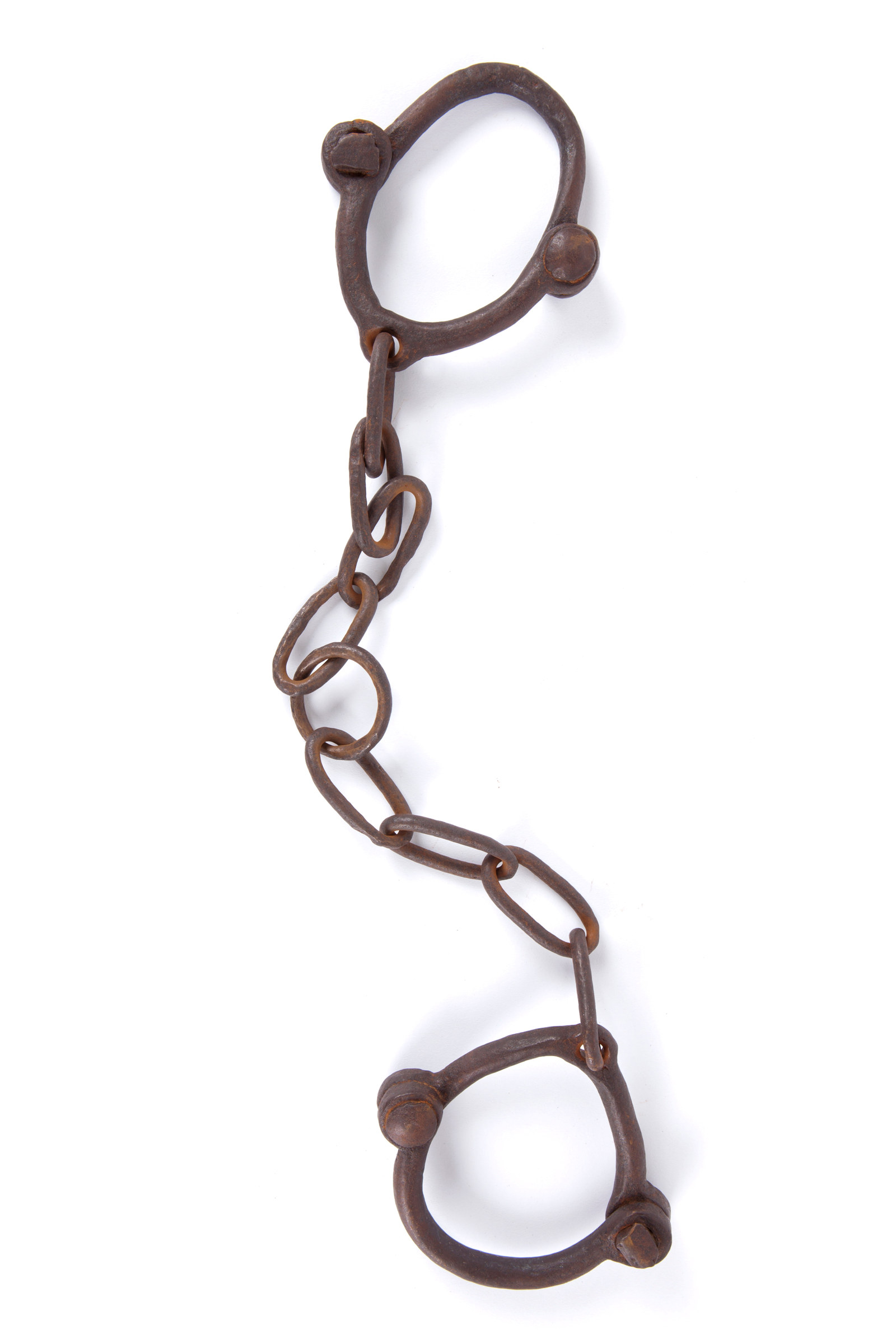
Convict Sydney
Leg irons, ovalled
Leg irons chafed the ankles, made loud clinking noises with every movement, and made working difficult and tiring